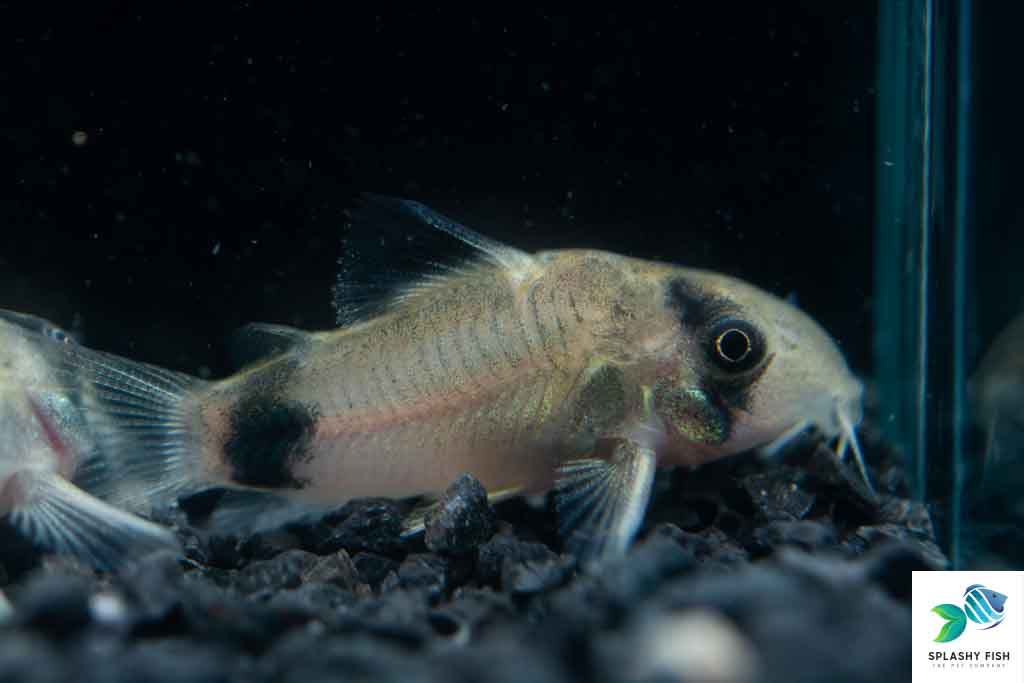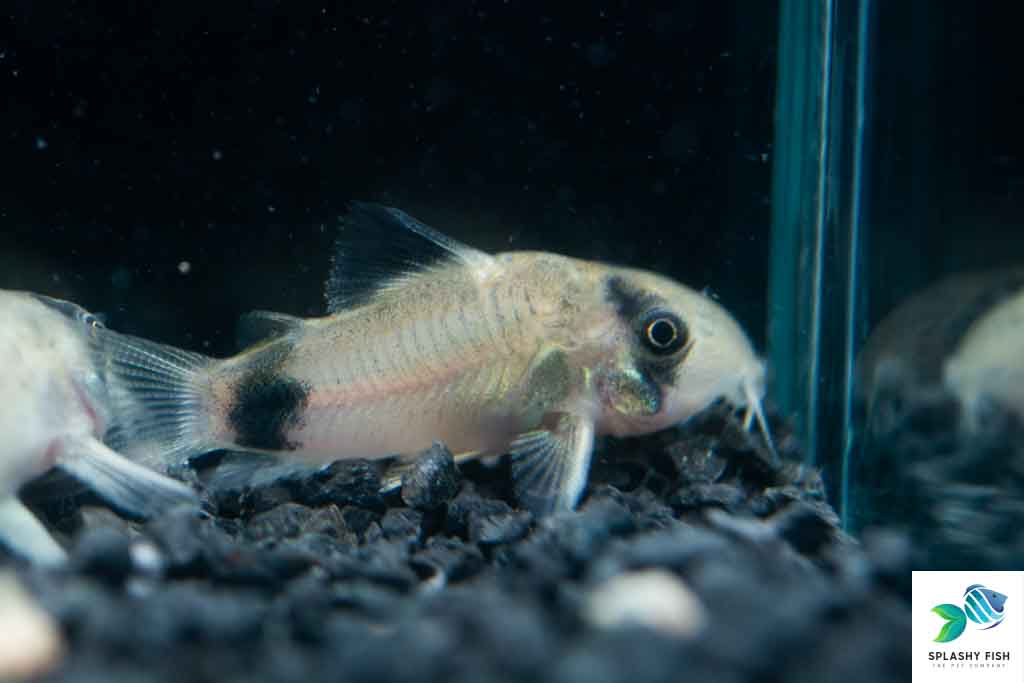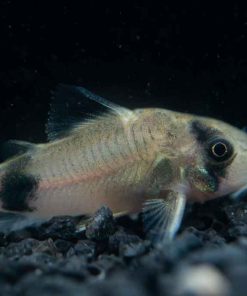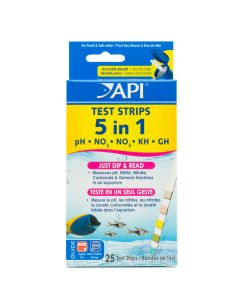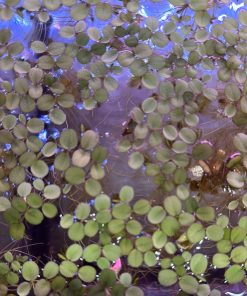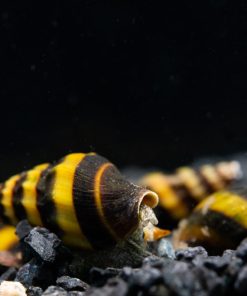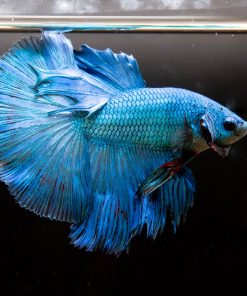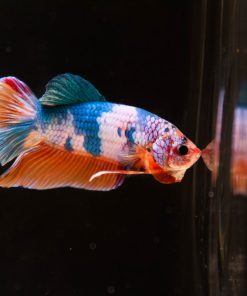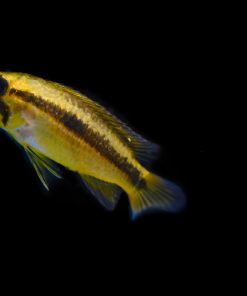Panda Corydoras Fish (Panda CatFish) Splashy Fish
$ 9,99 $ 5,99
The panda cory, or the panda catfish, is a South American species of catfish with a black and off-white coloration pattern similar to a giant panda. Generally peaceful and social, panda corys can be a good addition to a smaller freshwater aquarium.
This popular Corydoras (cory) species originates from Peru, where it is found in the Ucayali river system, the main headwater of the Amazon River. First collected by H.R. Richards in 1968, the species was not given its name until three years later when it was assigned the name corydoras panda by Nijssen and Isbrücker. The name was given in honor of the giant panda of China, which has a white body with black markings over the eyes and extremities, which are mirrored in this attractive cory.
The body of the panda cory is off-white to faint pink in color, with three prominent deep black markings. The first begins at the top of the head and covers the eyes, much like the black markings around the eyes of a giant panda. The second black marking covers the dorsal fin, and the third is at the base of the tail, known as the caudal peduncle. The size of this third spot at the base of the tail varies and has given rise to the big-spot and small-spot morphs of this fish, each being named for the size of the tail spot.
Like other members of the cory family, this fish has two rows of overlapping bony plates known as scutes, rather than scales. Panda corys have three sets of paired barbels, as well as several sharp barbs that serve as a defense mechanism. One barb is located under each eye, another in front of the dorsal fin, and another on the adipose fin. Adults can grow up to two inches in length, but quite often they remain smaller.
Panda corys are extremely peaceful fish that enjoy the company of their own kind. They should always be kept in groups, preferably of a half-dozen or more, but keep at least four if space is limited. Panda corys are highly social and are known to tag along with other bottom-dwelling species, most notably clown loaches.
Professional packing and fast shipping
We provide a variety of shipping options thanks to our long-running partnerships with UPS, FedEx and DHL. Our warehouse staff are extremely skilled and will package your items according to our precise and precise specifications. Before they are shipped your items will be thoroughly inspected and secured. Every day, we send thousands of packages to customers from all over the world. This is a testament to our commitment to be the largest online retailer globally. The distribution centers and warehouses distribution are situated in Europe and the USA.
Orders that contain more than 1 item are given processing time according to each item.
Prior to shipping, we examine the items ordered thoroughly. The majority of orders are delivered within 48 hours. The delivery time should be between 3-7 working days.
Returns
The stock market is always changing. It's not entirely managed by us, since we are involved with multiple organizations, such as the factory and our storage. The actual inventory can change at any moment. It's possible that the inventory could run out once your order has been processed.
Our policy lasts for thirty days. If it's been longer than 30 days since you bought the item, we unfortunately can't give you a complete refund or exchange.
You are able to return a product in the event that it is not used and still in the same condition as the day you received it. The item should be in the original packaging.
Related products
Dry Goods-Test Kit
Dry Goods-Test Kit
Freshwater-Plant
Chemical
Freshwater-Plant
Freshwater-Plant
Dry Goods-Test Kit
Freshwater-Plant
Freshwater-Plant
Aquatic Water Spangles (Salvinia Minima) Floating Plant WSN-FL
Freshwater-Snail-Mystery Snail
Fertiliser
Chemical
Fertiliser
Freshwater-Plant
Freshwater-Plant
Dry Goods-Test Kit
Freshwater-Fish-Betta
Chemical
Dry Goods-Test Kit
Dry Goods-Test Kit
Freshwater-Fish-Betta
Chemical
Freshwater-Fish-Angel
Dry Goods-Test Kit
Freshwater-Plant
Dry Goods-Medicine
Chemical
Freshwater-Fish
Freshwater-Fish-Corydoras
